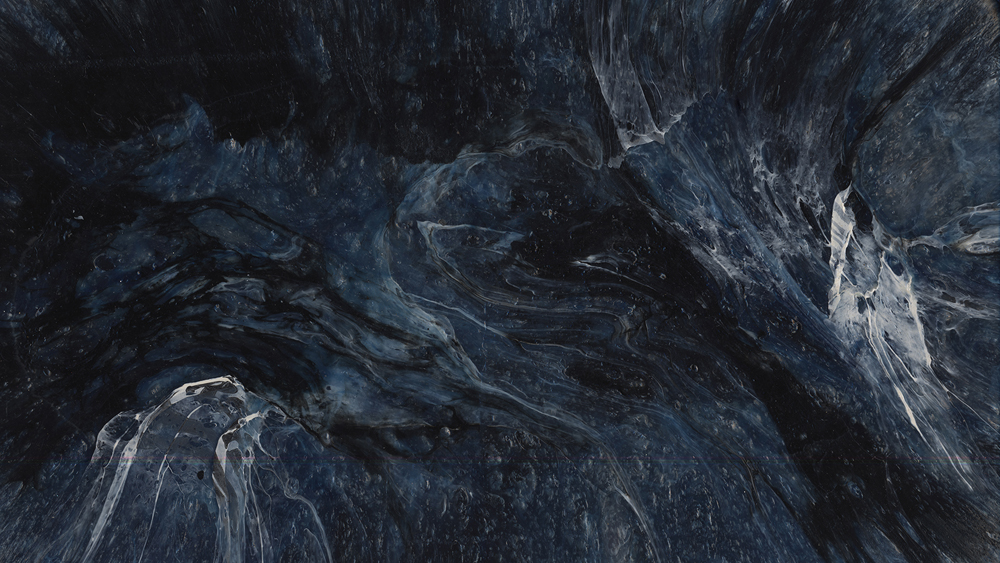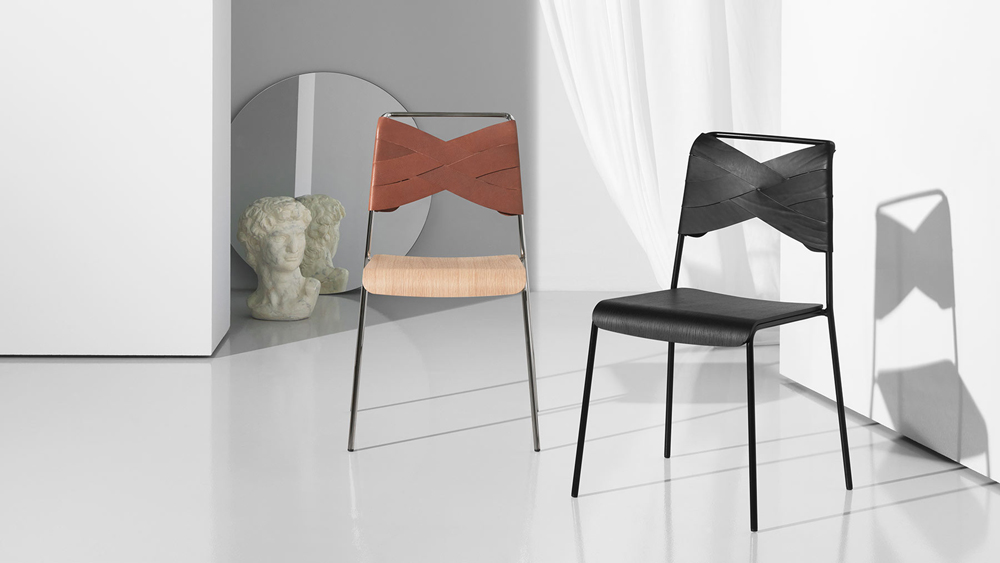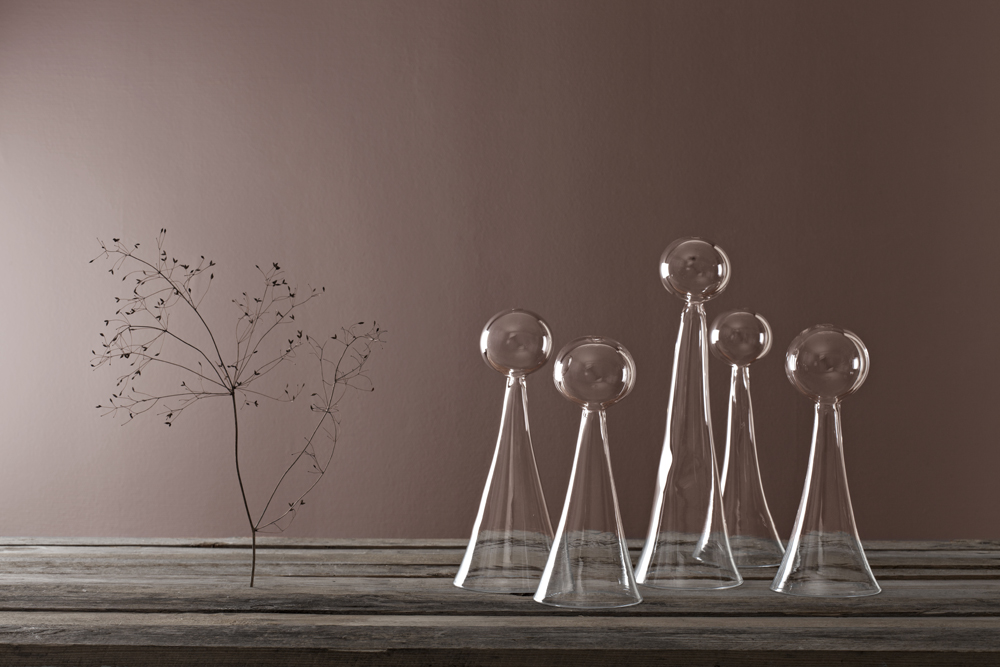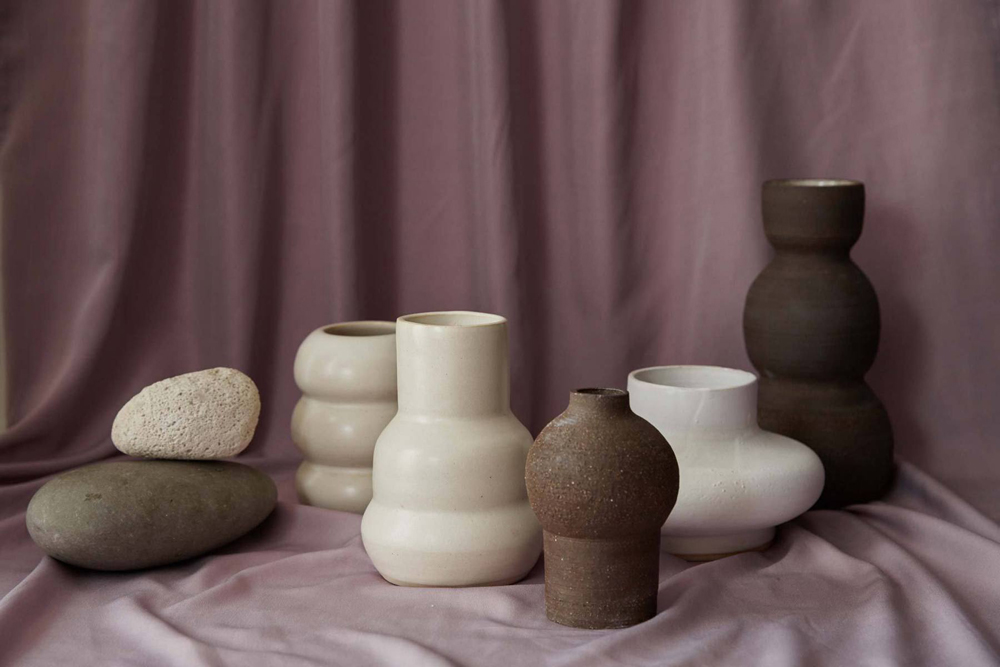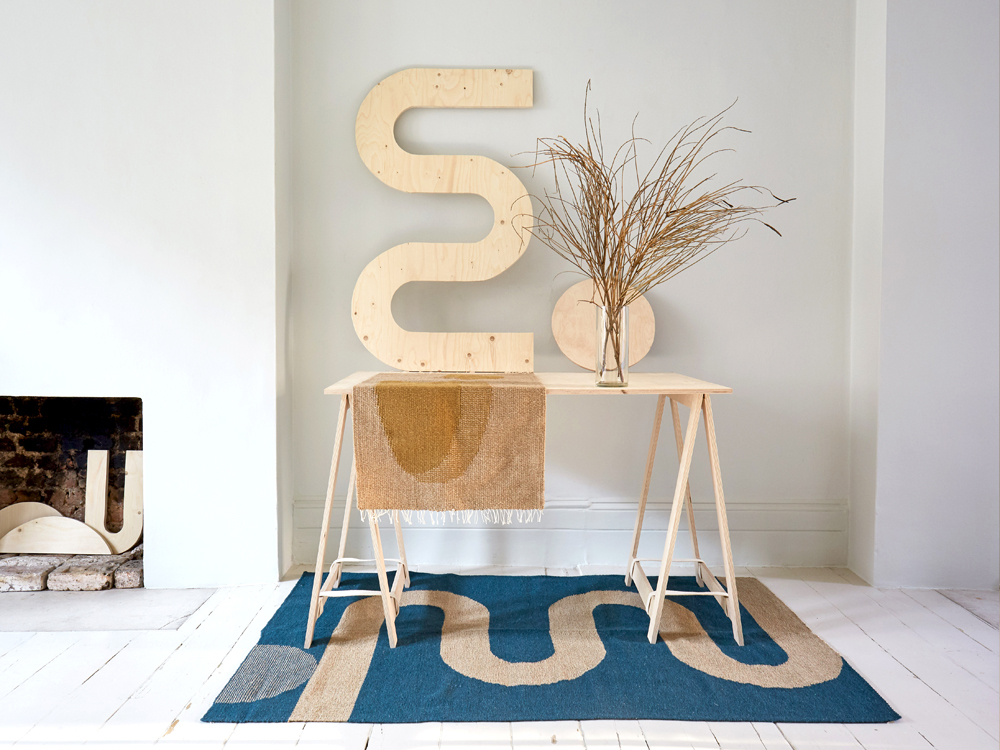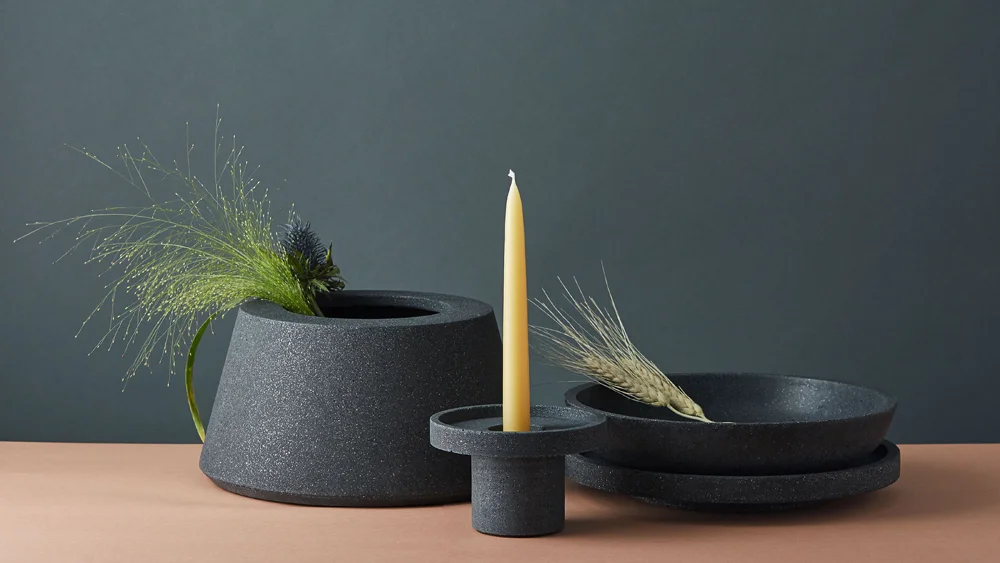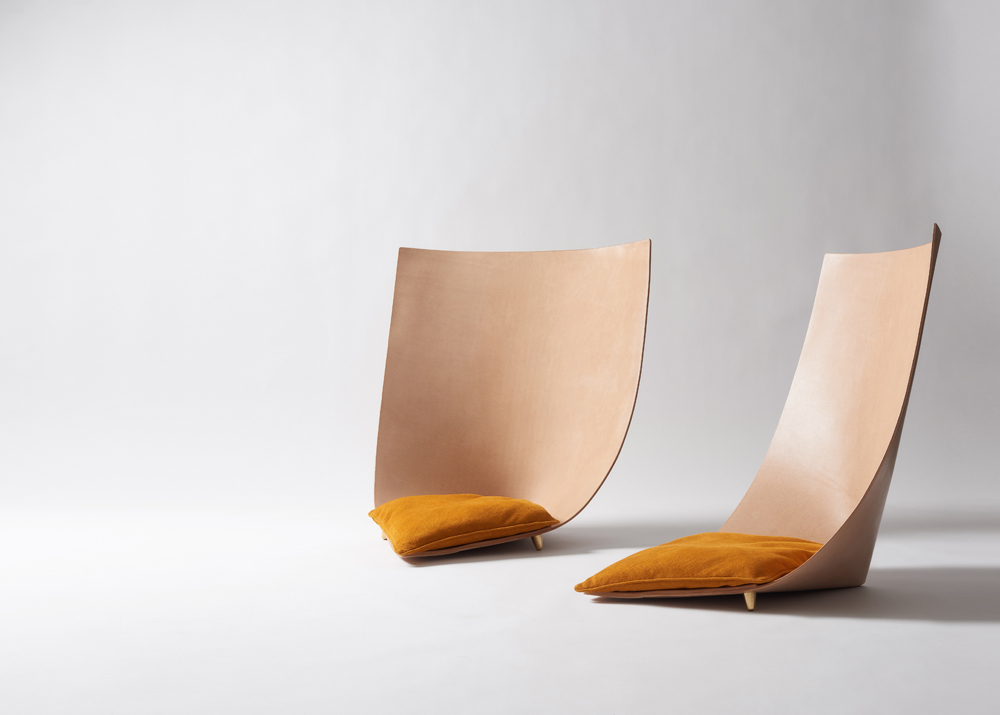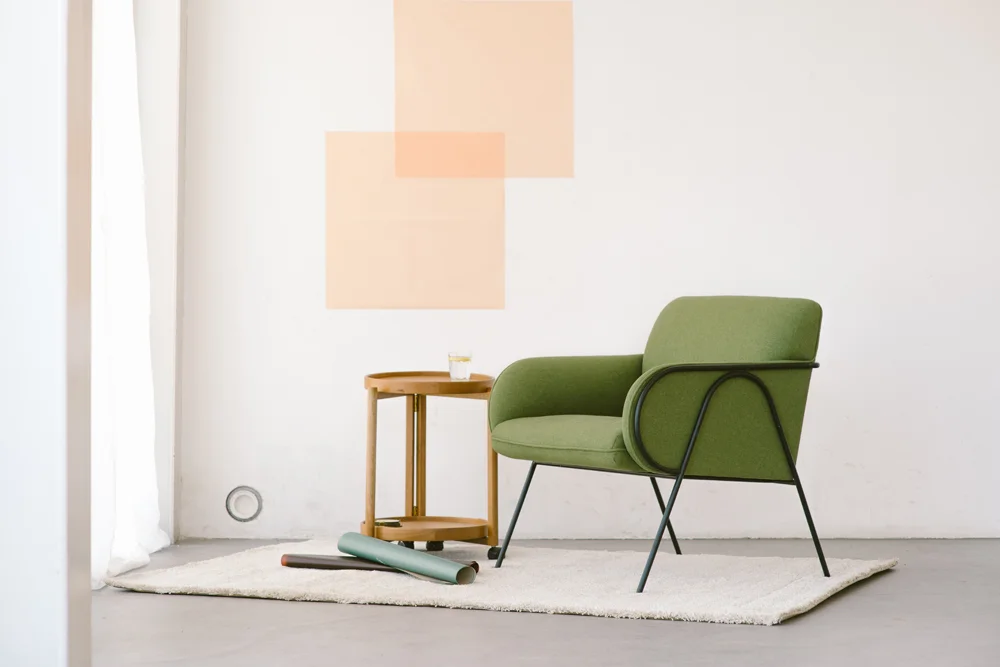London Design Fair 2018 - Guest Country, Material of the Year & Design from all Corners of the Globe

We're pleased to be back working with London Design Fair 2018 this year, the largest international fair - taking place during the London Design Festival.
The fair prizes innovation, quality and diversity in design, and visitors can once more expect a first class show. With its highly curated elements and compelling editorial, the Fair’s expressed intention is to heighten the visitor’s experience. This year, the fair's Material of the Year is plastic: hotly debated and very much a pressing concern, the emphasis is on finding new and better ways of using this contentious material.
More than 28,000 visitors attended last year’s London Design Fair, during its four-day run. The forthcoming Fair will again take place in the one and only Old Truman Brewery, from 20th-23rd September 2018. It promises to be a memorable show, here's some of our main highlights to look forward to:
The London Design Fair provides a valuable forum for showcasing international design and is proud to have 13 country pavilions at this year’s event, surpassing previous years. Countries include Portugal, Spain, Italy, the Netherlands, Korea, Japan, Sweden, Denmark and Finland. The British Craft Pavilion will make a welcome return, curated once again by Hole & Corner. Each country pavilion has its own strong design narrative and mission, many of which were developed in conjunction with the Fair’s team.
Guest Country Japan
The London Design Fair introduced its inaugural Guest Country Pavilion in 2016, as part of a reflection of its increasing overview of the global design scene and in celebration of its 10th anniversary. In having a Guest Country Pavilion, the Fair’s aim is to establish a creative pathway between the UK and the chosen guest country. It provides a must-see setting in which visitors can experience a wealth of new designers and products first-hand.
It is with great pleasure that the Fair can announce Japan as 2018’s Guest Country Pavilion. Japan first debuted at the Fair in 2014 with the theme ‘Tokyo Imagine’, an exhibition that captured the hearts and minds of visitors. With Japan’s exceptional design history and prowess, we invite you to keep your expectations for this year’s Guest Country Pavilion high.
Material of the Year: Plastic—Beyond the Chipper
Above (L to R): Kodai Iwamoto; Weez & Merl
Returning in 2018, the London Design Fair’s Material of the Year shines the spotlight on a material taking precedence in the design world, for better or worse. Never one to shy away from a controversial issue, the Fair will focus attention on a material that is derided by many: plastic.
With a long and chequered history, plastic—love it or loathe it—is unquestionably a material of the modern world. Finding application in everything from computer hardware to medical innovation, from product design to industrial design, plastic is, in many ways, a hero material. Yet its mass application across numerous consumer products has caused plastic to become a single-use, highly disposable material, having catastrophic environmental effects.
With this in mind, the Fair’s focus on plastic as the 2018 Material of the Year, casts an eye on the design industry’s efforts to repurpose plastic in ever inventive and useful ways. With a focus on innovatory practice, the Fair has selected four designers who demonstrate a refined and resolute approach to working with recycled plastic. By looking beyond the chipper, these four exhibitors from across the globe are treating plastic waste as a virgin material, and creating new designs imbued with meaning, value and desirability.
Tokyo-based product designer Kodai Iwamoto poses the question: What will happen if an old manufacturing process meets cheap and mass-produced materials? Working with PVC plastic piping Iwamoto has created a range of tubular vases, transforming the material into a set of desirable objects. Similar to glass blowing techniques, the pipe is heated and softened to improve flexibility and expands into a mould via the application of air pressure. Brighton-based Weez & Merl design around the concept of a circular economy, crafting plastic designs from local waste materials. Challenging today’s throwaway culture, the duo melt plastic bags and packaging to make a choice selection of objects. The process includes a distinctive marbling effect, achieved by adding coloured plastic bags to melted plastic.
Swedish Design Pavilion
The Swedish Design Pavilion is the annual showcase for Swedish designers, studios and companies at the London Design Fair. This year, 13 forward-looking, young and dynamic designers from across Sweden will show a range of bold and innovative designs. The Swedish Design Pavilion aims to raise the international awareness of Sweden as a multifaceted design destination.
From her studio base in Malmö, Sweden, glass artist Nina Johanna Christensen shows a fascination for glass as an organic material, particularly in its liquid state. Christensen sketches her unique glass works in her studio. A glass-blower, she then crafts her designs in Varberg, Sweden. Lisa Hilland combines modern production techniques with artisanal skills. Working from her studio in Sweden, Hilland’s work is contemporary with a poetic twist.
British Craft Pavilion
The critically acclaimed British Craft Pavilion returns to the London Design Fair for its third edition. With 40 makers from varied craft disciplines, the pavilion will once again be curated by Hole & Corner, the lifestyle brand celebrating and promoting creativity, craftsmanship, heritage and authenticity. New to this year’s pavilion is the modular 40 project. Initiated by Hole & Corner, a leading architect will submit designs for a modular display system to replace the traditional shell scheme provided to exhibitors—the aim is to elevate the appearance and feel of the British Craft Pavilion.
Naomi Bikis is the founder of London-based Bikis Ceramics. Creating limited edition collections, her work—an exploration of undulating sculptural forms—draws inspiration from 1970s product design and ancient functional ceramics. Christabel Balfour studied at the University of Oxford’s Ruskin School of Art. Specialising in woven sculpture, Balfour established her south London studio in 2015. From here, she weaves architecturally-inspired rugs and wall-hangings on a 1976 Harris floor loom and a 1992 Don Porrit Loom.
36 Countries: Brands & Designers from All Corners of the Globe
The London Design Fair 2018 will have a dynamic and diverse wealth of exhibitors, with designers from every corner of the globe.
A young craft and design company, Barcelona-based Toru makes aesthetic, smart and functional furniture, set apart by the use of exquisite, vegetable-tanned leather. Toru was founded in 2015 by Jordi Ribaudí; with roots in the local leather industry, Ribaudí explores and experiments with leather’s vast potential in furniture design. Wanghe Studio is the namesake of young Chinese designer Wang He. Embracing traditional culture, He believes in basing the concept of ‘new’ on that which is ‘old’. Beijing-based Wanghe Studio is taking ‘designed and made in China’ to the world. Mario Tsai set up his design studio in Hangzhou, China, in 2014. Approaching design in a manner described as ‘Soft Minimalism’, Tsai believes in using less and designing better. Tsai’s work is both functional and geometric in form. Ornamental Grace was launched in 2016 by Claire Hoddinot. Based in London, Hoddinot is influenced by both art and design, a state that is reflected in her work. The handmade and sculptural objects from Ornamental Grace seek to bring about a sense of elevated living.
Date: 20-23 September 2018
Location: Old Truman Brewery, 26 Hanbury Street, London, E1 6QR, UK
www.londondesignfair.co.uk @LDNdesignfair #LDNdesignfair
| Banner Image: Wanghe Studio



